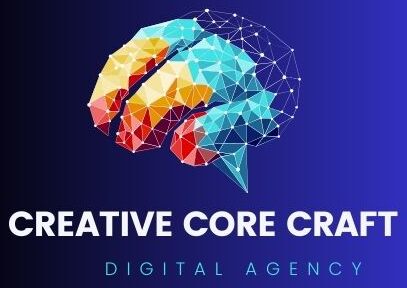In today’s visually-driven world, graphic design plays a crucial role in capturing attention, conveying messages, and shaping perceptions. Whether you’re a budding designer with a passion for creativity or a seasoned professional looking to enhance your skills, mastering the principles of graphic design can open doors to endless opportunities in the digital realm. At [Digital Institute Name], we’re dedicated to nurturing the next generation of graphic design talent and empowering individuals to unleash their creativity through our cutting-edge programs.
Why Graphic Design Matters: Graphic design is more than just making things look pretty; it’s about solving problems, communicating ideas, and evoking emotions through visual storytelling. From branding and advertising to web design and user experience, graphic design permeates every aspect of our daily lives. By mastering the principles of typography, color theory, layout, and composition, you can create compelling visuals that resonate with audiences and leave a lasting impression.
Key Elements of Graphic Design:
- Typography: Learn the art of selecting and arranging typefaces to enhance readability, convey tone, and reinforce brand identity. Experiment with different fonts, sizes, and styles to create visually appealing and impactful designs.
- Color Theory: Understand the psychological effects of color and how to use it to evoke emotions, convey messages, and create visual hierarchy. Explore color schemes, contrasts, and harmonies to create designs that stand out and captivate audiences.
- Layout and Composition: Master the principles of layout and composition to create balanced, harmonious, and visually pleasing designs. Explore concepts such as alignment, proximity, balance, and whitespace to organize content effectively and guide the viewer’s eye.
- Visual Identity and Branding: Learn how to develop cohesive and memorable visual identities that reflect a brand’s personality, values, and aspirations. Create logos, brand guidelines, and marketing collateral that resonate with target audiences and reinforce brand recognition.
- Digital Tools and Software: Familiarize yourself with industry-standard graphic design software such as Adobe Photoshop, Illustrator, and InDesign. Develop proficiency in using digital tools and techniques to bring your creative visions to life and produce professional-quality designs.
How [Digital Institute Name] Can Help: At [Digital Institute Name], we offer comprehensive graphic design programs designed to equip students with the knowledge, skills, and practical experience needed to succeed in the dynamic field of graphic design. Our expert instructors will guide you through hands-on projects, industry insights, and portfolio development to help you build a strong foundation and launch your career with confidence.
Join Us Today: Ready to unleash your creativity and embark on a journey of graphic design excellence? Join us at [Digital Institute Name] and let us help you turn your passion for design into a rewarding career. Visit our website [website URL] to learn more about our graphic design programs and start your journey towards graphic design mastery today!
Conclusion: Graphic design is both an art and a science—an exciting blend of creativity, strategy, and technical skill. By mastering the principles of graphic design and leveraging the resources and expertise of [Digital Institute Name], you can unlock your full potential, pursue your passion, and make a meaningful impact in the world of visual communication. Join us and embark on a journey of creativity, innovation, and inspiration in the dynamic field of graphic design.

